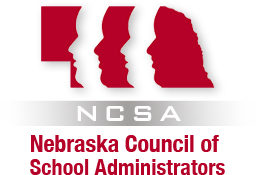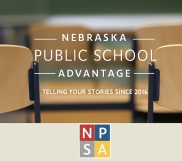Dr. Mike Cunning
This study was conducted to examine to what extent perceived and acclaimed advantages for choice were being realized in Nebraska during its first year of implementation. During the study 252 Class II, III and VI school superintendents and board chairpersons were surveyed. One hundred approved choice applications were randomly sampled from the 567 approved applications on file with the Nebraska Department of Education. Reasons given for choosing another district were obtained from the applications. A mailed questionnaire and follow-up telephone survey were used to determine the impact and perceptions of school superintendents and board chairpersons. Information from the Nebraska Department of Education indicated 17 (37 percent) Class II, 106 (50 percent) Class III, and 12 (60 percent) Class VI schools participated in the choice plan for the 1990-91 school year. Data indicated 437 K-8 students and 130 9-12 students participated. The need for expanded curricula was the reason given most often by students participating in choice. Data gathered indicated the majority of students chose schools with larger enrollments than their resident districts. School officials surveyed believed that choice caused a change in their schools' curriculum. Responses from school officials indicated they felt the state should reimburse the state average per pupil cost for each choice student. However, school officials' responses indicated the dollar amount assigned for each choice student did not affect whether their school district participated in the choice plan. Responses from school officials indicated the main reason for not participating in the choice plan the first year was not knowing what could happen. The majority of superintendents surveyed by telephone believed (1) schools will need to respond to parents' requests or the student will choose another district to attend, and (2) school choice will give students the opportunity to get the best education possible.
























